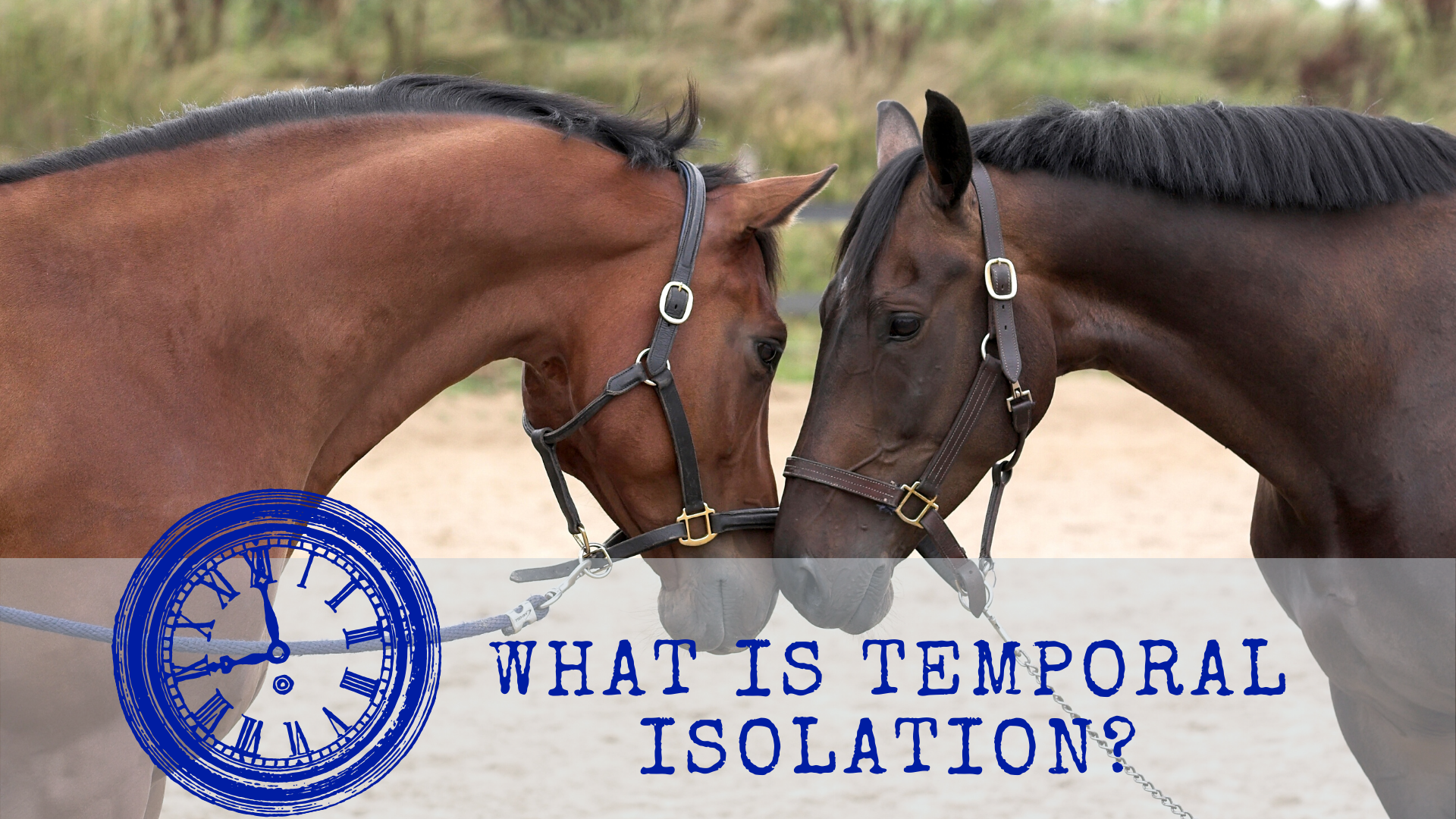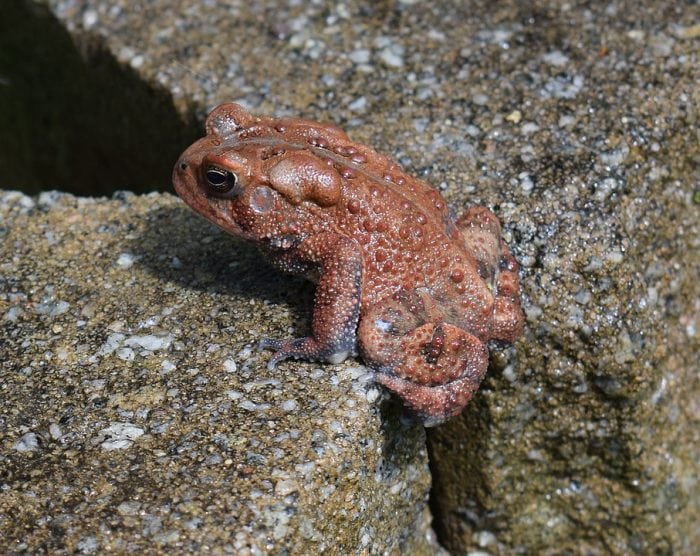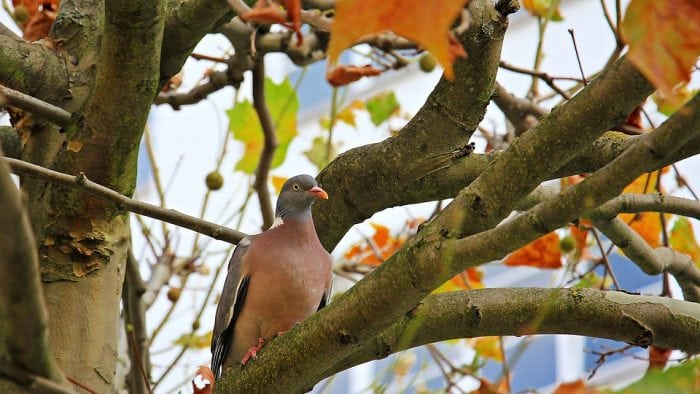
Temporal isolation is one form of biological isolation. Biological isolations are processes by which populations of individuals that could potentially produce offspring are separated from one another and prevented from reproduction.
Isolations are one of the mechanisms which give rise to new species of animals. The various forms of isolation prevent or severely reduce gene flow between related species of animals.
What Is Prezygotic Isolation?
In order that a species will diverge and become two or more different species sharing a common ancestor, some form of isolation needs to happen. There are various forms of genetic isolation, both pre-zygotic isolation and postzygotic isolation. Pre-zygotic isolation refers to isolation that occurs before gametes are fertilized. In other words, the zygotic isolation mechanisms prevent species from sexually reproducing. Once two individuals cannot successfully reproduce with one another and create viable offspring, the individuals are classified as belonging to different species.
“Nature has invented reproduction as a mechanism for life to move forward. As a life force that passes right through us and makes us a link in the evolution of life.” — Louis Schwartzberg
Pre-zygotic isolation mechanisms include the incompatibility of sex cells, behavioral differences, and isolated regions of habitat.
Temporal Isolation

Photo: leoleobobeo via Pixabay, CC0
Temporal isolation refers to the isolation that arises as a result of similar species having different breeding times, whether at a certain time of day or a certain time of year. If the females of two similar species that might otherwise be sexually compatible have different breeding times, it is unlikely that the two species will find a way to breed with one another. To put that another way, while the females of species A may be fertile during the late autumn to early winter, the males of species B may be unable to reproduce during this timeframe, and thus there is temporal isolation that divides the two species.
On occasion, similar species will have breeding seasons that overlap with one another, to some extent. This is likely to be true for species that live in different geographical regions where there is little chance that the species will hybridize. Usually, similar species that share a geographical region won’t have meeting times which overlap one another, even if the two species would have overlapping mating periods within different environments. This is thought to be an adaptation that reduces the number of individuals competing for mates and resources.
“One of the aims of sexual union is procreation – the creation by reproduction of an image itself, of the union.” — Mortimer Adler
One of the most famous examples of temporal isolation is the difference in mating season that exists between Fowler’s toad and the American toad, two species of toad found within the same geographical range – from Canada to the Eastern US. While the toads can breed in lab settings to create fertile offspring, they rarely mate in the wild because the Fowler’s toad has its mating season in late summer while the American toad mates in the early summer.
Another example is the breeding seasons of the eastern spotted skunks and western spotted skunks. The two skunks can’t mate because the eastern spotted skunks breed near the end of winter while the western one breeds in the autumn.
Other Types Of Reproductive Isolation
Let’s take a look at the other forms of reproductive isolation.
Behavioral Isolation

Photo: BelaMarie via Pixabay, CC0
Behavioral isolation describes cases where the behavior of one species, with regards to mating and reproduction, is different from another species. Even if two different species of animals are compatible in other ways, the mating behavior of the different species could keep them isolated and prevent them from reproducing with one another.
Many animals have mating rituals that necessitate certain behaviors like mating calls or mating dances. These mating rituals are used by both males and females of the species to recognize each other and communicate when it is time to reproduce. If the ritual done by an individual isn’t recognized or otherwise not acknowledged, the mating between the two individuals won’t proceed.
This means that otherwise compatible animals with different mating rituals won’t mate with one another, isolating the two species. An example of this is the blue-footed booby, where the male does a sophisticated mating dance to court the female of the species. Similar species that share the same general area simply cannot do the dance and are thus ignored.
Mechanical Isolation
Mechanical isolation is a relatively simple form of isolation in comparison to other isolation mechanisms. Mechanical isolation is just an incompatibility between the sexual organs of two different species. The sexual organs of the species just aren’t the right size or shape to allow reproduction.
While it’s easy to understand how mechanical isolation works in animals, the way that plants are mechanically isolated is a bit more complex. Plants use pollen to reproduce, so the size and shape of the plant are largely irrelevant. Plants are typically mechanically separated via the use of different pollinators. One plant species may be structured so only bees can pollinate it, while another plant may be structured so that hummingbirds pollinate the plant.
Habitat Isolation

Photo: pixel2013 via Pixabay, CC0
Species that are closely related may still have different preferences for different habitats, areas where they reproduce and live. Habitat isolation refers to when the chosen reproduction area of one species is incompatible with the chosen reproduction area of another species. Due to this difference in chosen habitats, even similar species that inhabit the same general region will find no chance to reproduce with one another, thus becoming reproductively isolated.
“The flower is the poetry of reproduction. It is the example of the eternal seductiveness of life. “– Jean Giraudoux
As mentioned, even similar species that inhabit the same area may be incompatible because of different preferred reproduction habitats. For instance, some birds only nest in certain types of trees or even different portions of a singular tree. The different chosen breeding locations keep the species separate from one another.
Gametic Isolation
The fusing of sperm and egg during sexual reproduction creates a zygote. If the sperm and egg cells lack compatibility, the zygote won’t be created. This is referred to as gametic isolation.
Frequently, sperm from an incompatible species won’t even be attracted to the egg of another species, because the sperm only responds to chemical signals released by eggs from females of its own species.
Sperm of different species will usually have the wrong chemical make up as well, preventing it from entering the egg. This specific kind of reproductive isolation is necessary for species who reproduce externally, like those in the water. Fish usually just lay their eggs in the water and the males of the species release a collection of sperm near the eggs, some of which are bound to be carried off to other areas. Gametic isolation helps ensure that only the right sperm and eggs can combine together.








